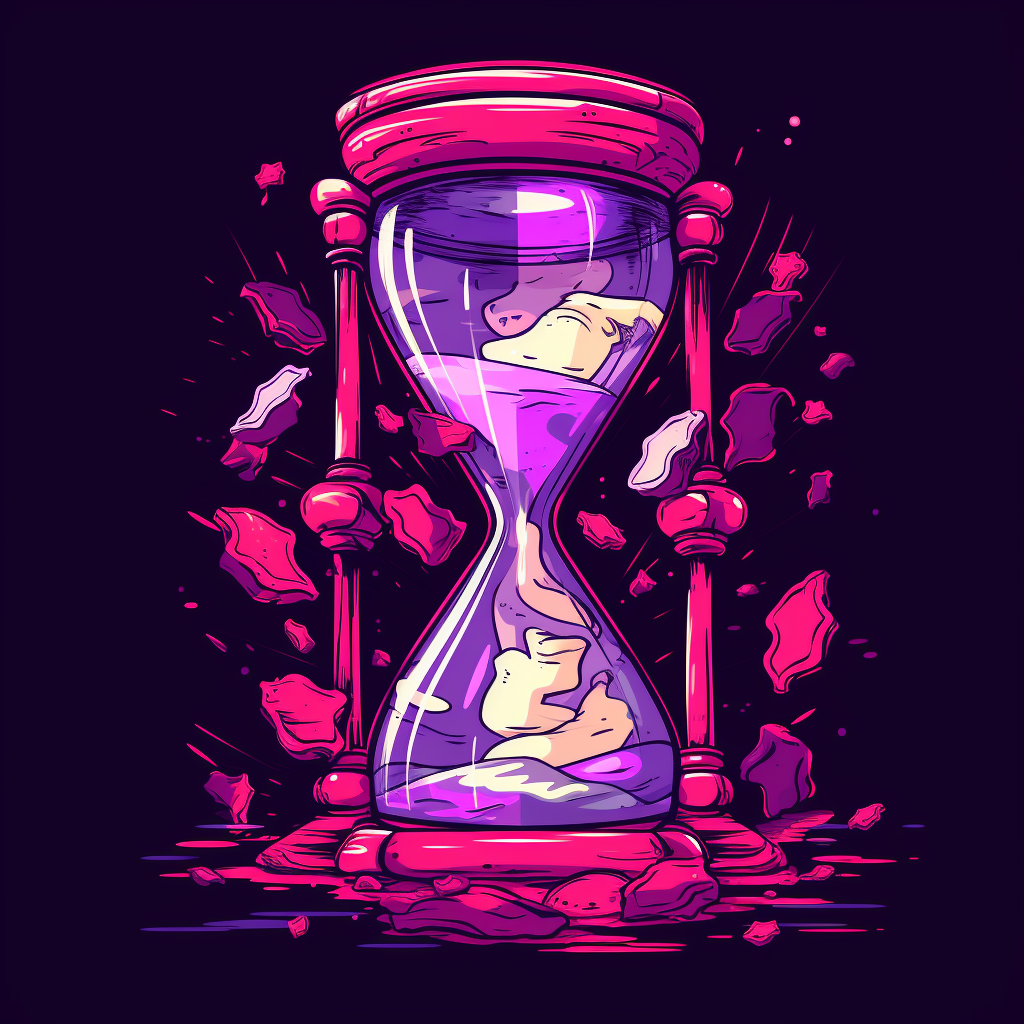Production Management Essentials
My Father is a Cabinet Maker, my job was to go to the hardware store to gather supplies. It was there that I learnt the importance of getting the correct resources. The differences between the types of nails, screws and sandpaper and when to use them. In This regard, It could be seen that my first job was as a Production Assistant.
I would see Customers come and inquire about what they wanted. They would discuss type, size, how it is be used and finished. From here they would get a qoute and then pay a deposit. Based the specifications agreed upon, plans were then created. This process varied from project to project as if they wanted a stand-alone dresser, It could be conceptualized and priced on the spot. But if they wanted cabinets, then he would have to take measurements at the location before anything could be decided.
Once plans had been finalized the first thing done, was selecting the wood (raw material), and get it treated for use. After the wood had been treated (dressed), it is then measured, cut, and assembled to make the general shape. From here on it is then sanded and smoothed down, and then sprayed with primer. After this first coat is dried, it is then sanded again to remove any blemishes and then given a final coating. The paint is left to dry, then final touches get added i.e. the mirror, the knobs to the drawers, etc. This was his workflow.
My uncle's are also tradesmen so my time was spent in the workshop, on the farm, building stone walls or on a construction site.
In regards to your production, imagine the unprocessed wood as your idea; this is what will be shaped and polished to give the end result.
Here are some things that I have learnt along the way when engaging in a project:
Be selective in who you choose to work for as each engagement shapes your body of work.
If you have made the decision to pick a specialization, then part of that choice is deciding on who the best persons are to use your services. Create your ideal customer profile for your service. Now when someone comes to inquire about the service, confirm that they fit that persona. If they don't, special considerations can be made (make them aware that you don't usually do this but you are uniquely suited to help them) as you feel qualified enough to help them with the challenges that they are having. You then explore the desired "future state".
Future State: is the economical and emotional end result that You/They wish to attain by completing this project.
For this, you want to clearly identify the goal and from there deduce what measurable "metric of success" could be attained. For those metrics, decide on what area's are measurable and agree upon definite numbers to aim towards. For non-measurable metrics find the accompanying feelings and list the scenarios that would elicit those feelings.
Once the desired future state is clearly identified you must now get the commitment for them to go there.
Once the value has been identified, decide on the price the customer is willing to pay to achieve that outcome. From here you can use the knowledge of the destination, the amount they agreed to pay and time frame they need to get there by to plan the journey.
Never begin thinking of solutions before you have established a budget. Mentally you or worse the client will get attached to unfeasible solutions which will cause distractions later on.
If you are not able to get the budget, put forward a range with high price first and low point second. In this case, this is where you say 'for us to do this it would be around (highpoint) to about (low point). Base these figures on the required workflow needed to complete the project.
Depending on the customer, they might try to negotiate for a lower price so make sure to give them the larger number first. This principle is called "Anchoring". By starting right at your lowest offering the only place they can negotiate to is into your margins. Start high and give yourself a better chance at proctecting it. Also by quoting your highest value workflow, it gives you the best chance of getting the time and resources required to do your best work.
With the agreement of a price you will then draft the contracts to include the metrics for scope and success. It's imperative you get it in writing as this will be the guiding light to keep you inscope and on budget, as well as protect you legally. Afterwhich, you will begin your diagnosis process as stipulated by your workflow. Based on the diagnosis, you will be able to prescribe a solution and a treatment process.
Start with the end in mind. What are the goals that you are trying to accomplish and what are the agreed metrics of success.
From here you begin the planning of the project. With the time frame and scope in mind this process will become simpler. Identifying task to be completed and selecting a crew.
Based on the time each of these tasks will take, you can now create your schedule. It's important to note that if your schedule does not allow for any slack time between activities you might want to reconsider it and create a simpler plan of action.
Keep in mind that Something will go wrong.
Put in place necessary contingencies to the obvious things that could occur, e.g. a team member disappears or equipment failure. Once you have a crew assembled, the contracts are signed and the kickoff meeting is held, the project is now well underway.
While the plan of action is being created, also include and agree upon a outline for check-in's at different intervals throughout the project.
A Train has left the station and you are the conductor. You slow down and speed up as required to get to your destination on time. In this case, Daily and Weekly logs of work created are essential. Firstly for the success of this project, but also to later give insight of your current/past performance. This data could also be used to show how to conduct this project better next time.
Tasks are to be monitored and the schedule consistently updated as changes occur.
The schedule is a living document and it changes while the project progresses. Once tasks and activities are completed, and only after, does that portion become solidified. Until then, each task is subject to the changes needed to meet the deadline. It is important to meet all client updates. The dread and trepidation a customer feels after making a payment and waiting for delivery will only lessen as you provide proper feedback as to your team's progress.
Once the project is completed, checked and reviewed to make sure it meets the quality standard, then it can be delivered. Make sure to go through your project revision process within 24-48 hrs after the end of the project. As time passes observations and details from the project will fade. Always aim to capture as accurate results as possible for the different metrics that you are tracking. The Project is closed and the files archived.
Each time you complete a project, review your team's performance. Your level of understanding will deepen and your efficiency will grow. The only reason a client would pay you above market price for your services is if your perceived expertise is greater than that of your competitors. Experts have proof and it comes from analysis, implementing plans for improvement and keeping documented and accessible records.
Remember to follow up with your customer to make sure that things are going as they should. If there is a defect in the end product then it is your responsibilty to resolve it. As best as possible try to do so without adding any additional cost to the customers. Whatever issues or feedback that you can gather here will help you to improve on how you can serve them or other customers in the future.



